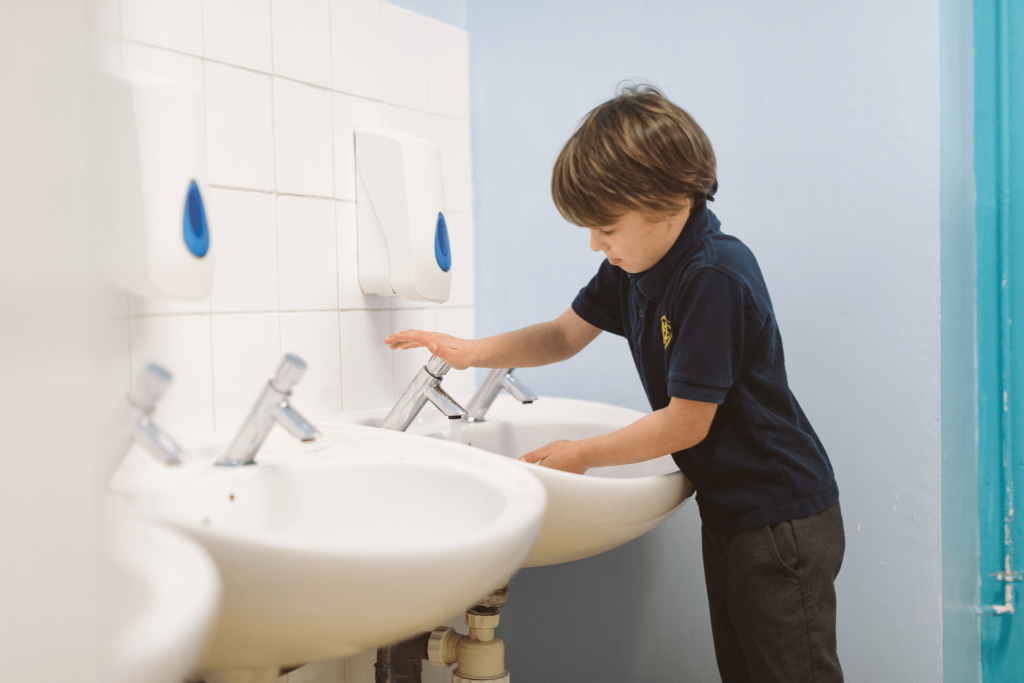
It would be a nasty shock to find out you’re paying more than you need to for your business water. Looking for ways that your business can use less water will help your business spend less on water bills and reduce its carbon footprint. Whether your business water use is minimal or vital to operations, there’s lots of opportunities to become water efficient.
Get started in just 4 steps with our free water efficiency guide:
Save water and reduce your monthly bills with our practical water saving measures and helpful advice.
Start with a simple review of your business water using our water efficiency checklist
Learn about achieving behaviour changes to find out how to get your employees involved.
Follow our step by step guide to saving water and understand how your water bill works
With a clear understanding of how and why your business uses water you are better placed to spot unusual water usage. Early indication of this can help you save water consumption, reduce carbon emissions, protect our natural ecosystems and avoid potentially damaging and expensive leaks.
Utilising proper water efficiency allows you to use less water and save money on your water bills. Login to your customer portal and submit regular meter readings to track water usage and spot irregularities early.
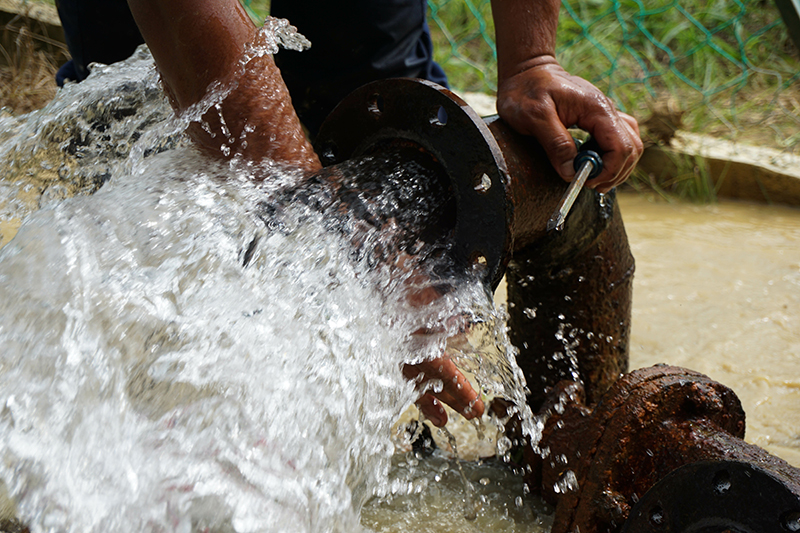
The best advice comes from insight, and with AMR, you will receive detailed reporting which will show your peak times, and will flag when unnatural amounts of water are being used.
As well as that, our team can provide advice that’s tailored to the sector that you operate in, from ensuring the correct water-saving devices are in place, to providing helpful guidance for staff, ensuring a joint-up approach to water efficiency.
If this sounds like something that you would be interested in, switch to us and put the heavyweights in your corner.
A common culprit in hindering business water efficiency is leaks. Our AMR will help you spot leaks, and Castle Water can help you ensure swift resolution through our network.
It’s also something that is worth getting on top of quickly, with early detection mitigating the risk of burst pipes and as a result complete water loss.
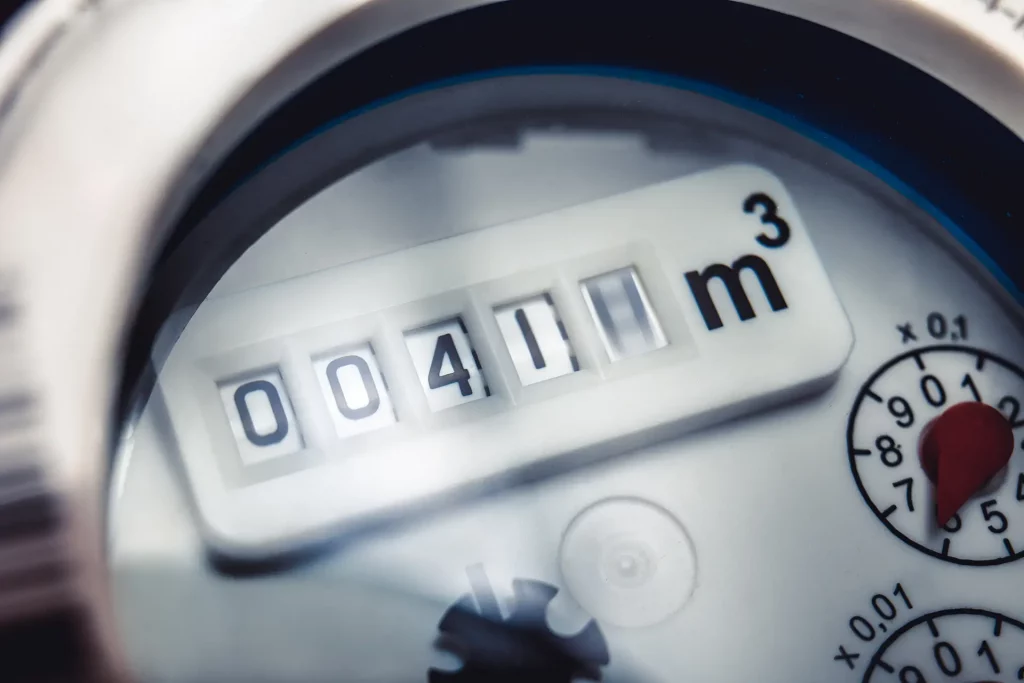
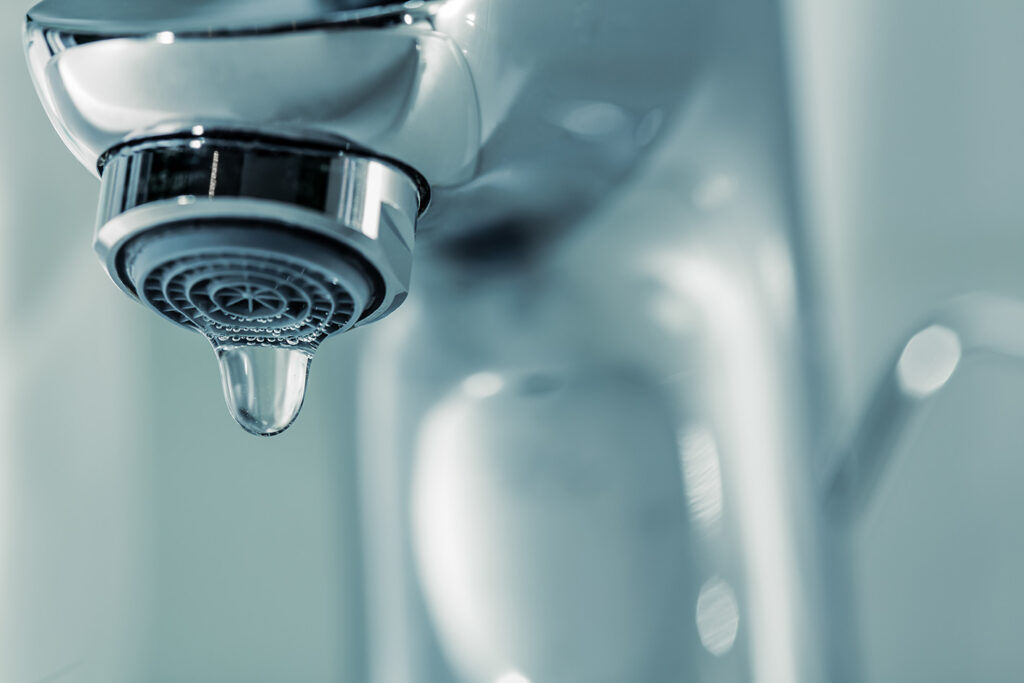
We have highlighted some of our top water saving devices that will help you save money on your water bills, without necessarily having to curb your water consumption.
We use your meter readings to help calculate your water bill so you only pay for the water used. We recommend submitting meter readings every month to help spot irregularities, identify leaks early and spot periods of overconsumption.
Step 1: Find your water meter using interactive map on your online customer portal here.
Step 2: If your meter is safe to access, note your reading (we only need the black digits).
Step 3: Log in to the customer portal and submit the meter reading you took.
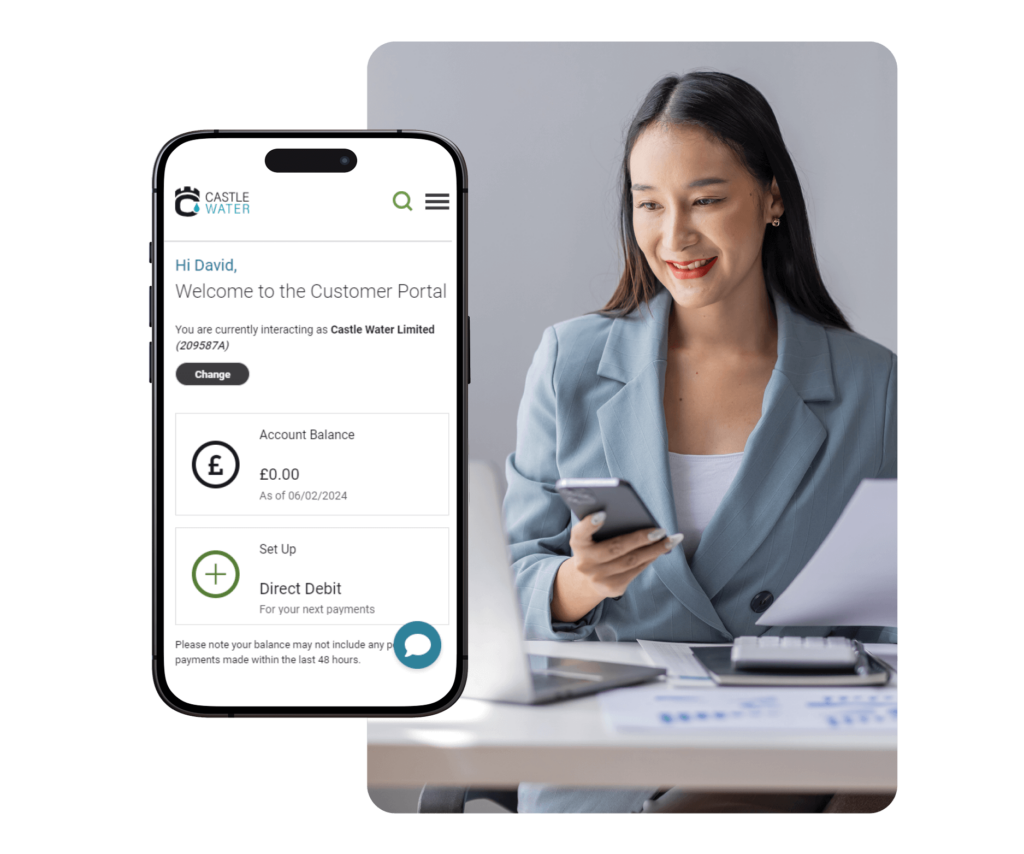
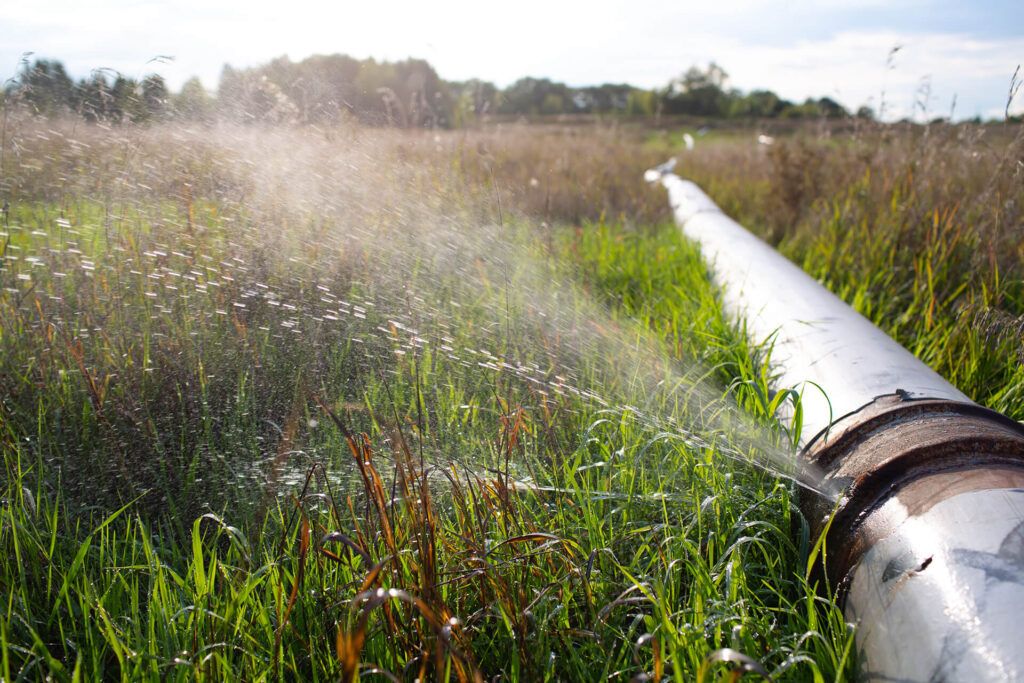
If you’ve been submitting regular meter readings and have spotted some irregularities in your water consumption, you may have a leak. Castle Water offers a variety of leak assistance resources and support to it’s customers. Visit our leak assistance hub to find out more about how you can get support with your leak.